

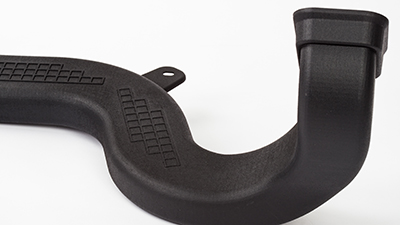
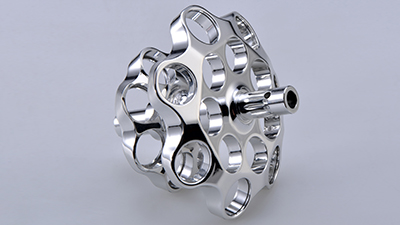
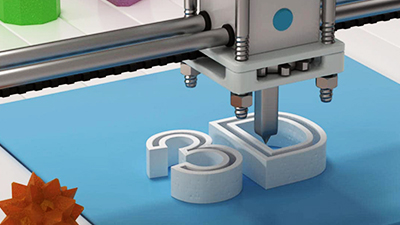
Most people with a basic understanding of manufacturing technology know that 3D printing and CNC machining are very different ways. 3D printing, also known as additive manufacturing, can iterate on a CAD design by building it layer by layer. Numerical control (CNC) machining is a subtractive manufacturing technology that generates 3D models by cutting out solid blocks, which is subtraction.
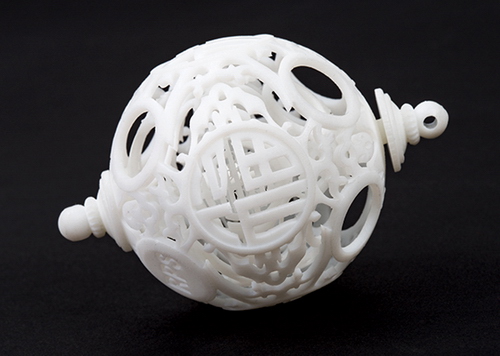
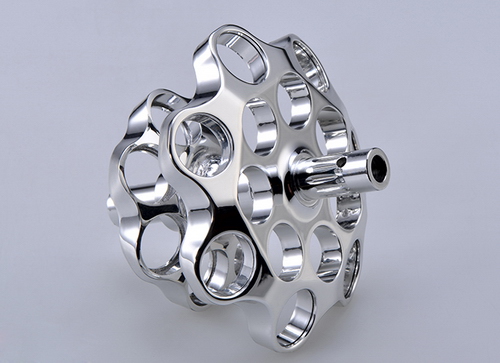
There are many factors to consider when choosing between 3D printing or CNC machining technology in the prototyping stage. Additive manufacturing, for example, enables the creation of complex geometries that would be impossible or too expensive for traditional techniques. 3D printing provides the fastest service in the case of quick turnaround, producing and delivering 3D-printed parts in just a few days (complex parts have short processing times, cheap processing, 3D printing is preferred for the prototyping stage).
The main factor in whether to use 3D printing or CNC machining is throughput. Using 3D printing to make prototypes is affordable and can be used in small quantities. In the same case, the production cost of CNC machining is higher. If the batch quantity is a little larger, for example, the production quantity is more than 100, we recommend using vacuum injection molding or precision casting (because of the large quantity, the unit price of the product will be lower evenly).
CNC machining is a more viable technology for prototypes that require high functionality and are subject to enormous stress or strain. Generally speaking, CNC machining provides higher dimensional precision and uses materials with better mechanical properties than 3D printing. However, CNC services are generally more expensive, so cost versus quality must be weighed when making the decision. Meanwhile, if you need to custom design and produce different parts, 3D printing is by far the more efficient manufacturing technique.
All in all, 3D printing is a better choice when you need a small number of low-cost prototypes, especially if the design is complex and requires customization. And CNC machining is a better method for high-strength prototype production because of its repeatability, high precision and comprehensive surface finish.
In terms of material selection, SLA 3D printing is a UV-curable resin-based process, that is most advantageous for rapid prototyping or master models used to manufacture polyurethane parts. Instead of using a high-powered laser to solidify the resin, as SLS does, it uses lasers to burn powdered materials into solid parts.
For functional prototypes, SLS is the first choice, and 90% of SLS uses nylon with high mechanical properties. Unlike epoxy resins used in SLA, SLS materials are stronger and generally have better chemical resistance, high temperature resistance, and abrasion resistance.
3D printing technology is a relatively practical process in the initial stage of prototyping.
Its advantages: fast - low cost - complex parts processing - the particularity of SLS materials;
Its disadvantages: material strength is not high and easy to break - not resistant to high temperature -precision is not high - can not be mass produced. The product is difficult to do post-processing.
CNC machining technology is suitable for the whole process of prototyping.
Its advantages: high dimensional precision -high machining repeatability - excellent material properties;Mastars rapid prototyping offers the best of both worlds. We consider your manufacturing costs and quality requirements from the customer's perspective.
Of course, if you have any difficulty in choosing BETWEEN 3D printing and CNC processing, you can contact with Mastars at any time. We can help you decide whether to use 3D printing or CNC processing for production, and provide you with the best production quality and service.